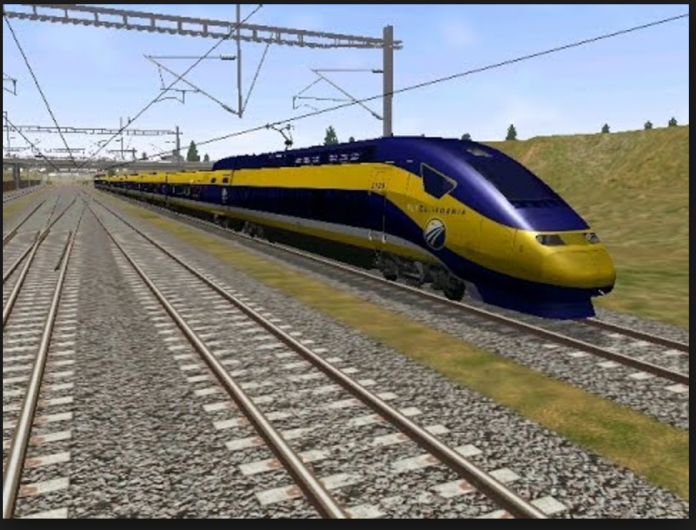Gilroy may not want to put its high speed rail station downtown, but rather, east of the Outlets, members of the new City Council said Tuesday, in their first study session on the topic, a joint meeting with the planning commission.
After more than two hours of discussions in front of a half-filled council chambers, the council asked city staff to look eastward, in addition to downtown.
“This is a choice between bad and bad,” said Mayor Roland Velasco. “Years ago the council made the best decision it could with information we had. But with time and more information coming available, downtown business owners and advocates are having buyer’s remorse.”
He asked the staff to ask the High Speed Rail Authority to file a report of the pros and cons of both locations.
New council member Paul Kloecker, a retired engineer and most recently, planning commissioner, was concerned about the lack of information about costs to the city, noise impacts, disruption both in the short and long term, and safety around having elevated tracks in the downtown core.
While the Authority will not be operating the trains once the system is built, High Speed Rail Authority representatives at the joint session said they estimated 12 trains per hour would travel through Gilroy, about half of them stopping in the city.
The trains could reach top speeds of 220 m.p.h., though according to David Bischoff, city planning official in charge of special projects, the Authority is currently studying slower speeds in urban areas. “You don’t want to blow people off the platform.”
The latest plan, approved by the council formed Citizen Advisory Committee and Planning Commission in December, recommends the high-speed rail tracks in the downtown area be raised on columns 30 to 35 feet above ground. The alternative would have placed the tracks 15 feet lower on an earthen embankment.
Both downtown alternatives are being considered by the Authority, which has the final say, in addition to looking at locating the station east of the Outlets on Leavesley Road.
One council member who had buyer’s remorse was Cat Tucker, who along with Dion Bracco, Peter Leroe-Munoz and Roland Velasco, served on the council five years ago when the recommendation was made to place the transit hub that would serve the Central Coast to San Luis Obispo in the downtown.
“I’m not in favor of downtown,” said councilwoman Tucker. “The costs, disruption; we are going to cut off the east-side, whether we choose embankment or aerial [designs]. The construction will kill downtown and then we’d have to revitalize it all over again.”
The city received a $600,000 grant from the high speed rail authority to specifically study the downtown station location, which would be near the current Caltrain station. The new analysis, looking east of the Outlets would have to paid in another way, possibly from a $400,000 agreement funded by the Authority.
The state body is also undertaking an environmental study of the two possible Gilroy station locations and the information included could provide much of the analysis requested by the City Council on Tuesday — “if it’s done in the near future,” said Bischoff.
While the downtown station location has raised more concern as more information has become available and artists renderings more clearly paint the picture of what the massive infrastructure project would entail, the location east of the Outlets has also raised criticism, especially from environmental groups.
During public comments, Julie Hutcheson, legislative advocate at The Committee for Green Foothills, commended the downtown choice and said it avoided significant impact to the agricultural preserve in the area east of the Outlets, minimizes sprawl and follows current Bay Area consensus to place stations by existing mass transit.














